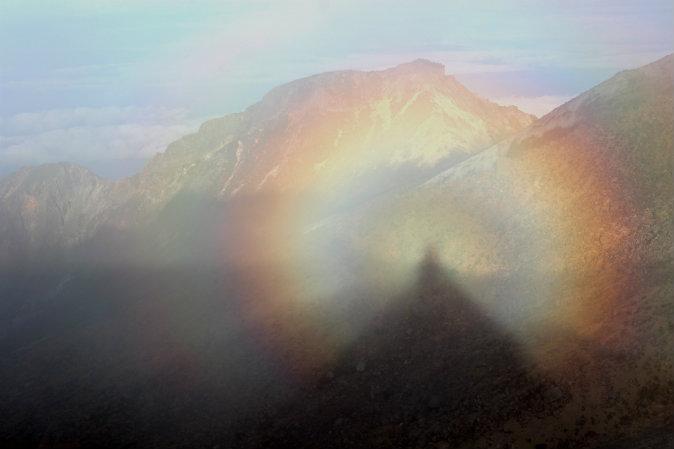1. Light Pillars
It isn’t the Northern Lights, it’s a different phenomenon known as light pillars. In freezing temperatures, flat fluttering ice crystals may create a crystal fog near the ground. The crystals reflect lights from the ground up into pillar-like beams. Light pillars over Laramie, Wyoming, USA, on a very cold January night. (Christoph Geisler/Wikimedia Commons)
Light pillars over Laramie, Wyoming, USA, on a very cold January night. (Christoph Geisler/Wikimedia Commons)
2. Catatumbo River Lightning
The mouth of the Catatumbo River in Venezuela is almost constantly illuminated by lightning. The indigenous people referred to it as “River of Fire in the Sky.”
It was recently awarded the record for highest concentration of lightning in the world by Guinness World Records.





